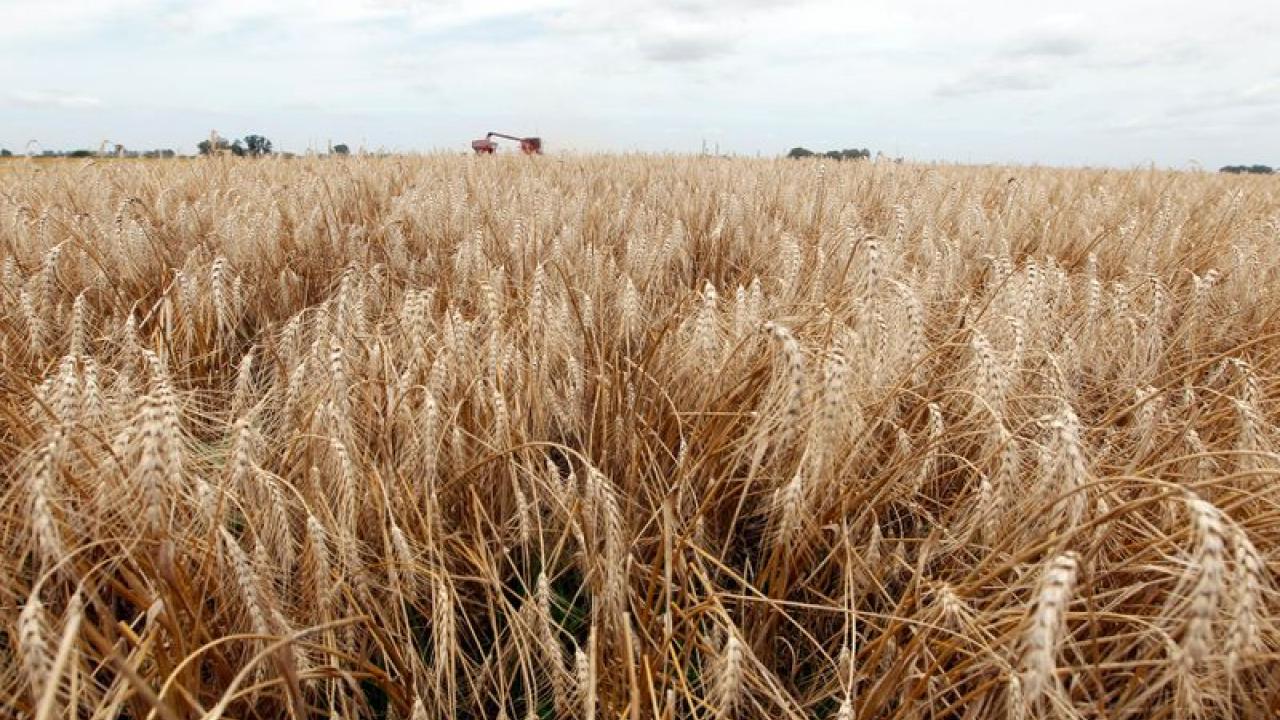
Droughts, frosts and heavy rain are affecting key producers, threatening supply shortages and raising the cost of basic agricultural products.
An index of major crops erased its 2024 loss, as bad weather stokes fears about crops from wheat to coffee and, therefore, an eventual rise in food prices.
Droughts, frosts and heavy rain are affecting key producers, threatening supply shortages and raising the cost of basic agricultural products. A Bloomberg gauge that tracks nine agricultural products has risen so far this year and is headed for the biggest weekly gain since July.
While the measure is still far from its 2022 peak, the gains could eventually mean higher consumer prices, from bread to drinks, after a period of moderate inflation in the supermarket aisle. Climate change and geopolitical concerns are likely to keep crop prices elevated, said Paul Bloxham, chief global commodities economist at HSBC Holdings Plc.
Chicago wheat futures traded near their highest level since July on Friday as bad weather in major exporters from Australia to Russia raises concerns about supplies.
Deteriorating crop prospects in top exporter Russia have boosted gains, and further reductions are likely in the coming weeks, Dennis Voznesenski, associate director of agricultural and sustainable economics at the Commonwealth Bank, said in a weekly report. of Australia.
Prices for Arabica coffee, another component of the index, are on track for the biggest weekly gain since April. Orange juice is near a record high due to the Brazilian crop decline, and weather issues have also lifted benchmark Asian rice prices to the cusp of a 15-year high.
New York cocoa futures are poised for a weekly gain of nearly 10%. Futures have resumed a rally as bean inventories fall in warehouses monitored by the stock market amid uncertainty over next season's harvest. Prices are expected to remain high through the middle of the current season's harvest, supported by market fundamentals, the International Cocoa Organization said in a report on Wednesday.
How is the panorama in Colombia?
According to the most recent report of the DANE Consumer Price Index (CPI), food inflation in Colombia registered, in April, an annual variation of 2.98%, contributing 0.59 percentage points to the 7.16 that it registered the famine
This means that, although food prices are not falling, they are growing at relatively low levels. Added to the above, this area of the economy is not the main element of concern in monitoring the shortage, since accommodation and transportation are the ones that are driving inflation the most, with contributions of 2.82 percentage points and 1. 37 percentage points, respectively.
However, food does generate concern in the medium term, since it must be taken into account that the La Niña phenomenon is expected to impact Colombia, which is characterized by heavy rains that threaten to flood and damage crops.
Added to this are landslides on the main roads, which affect the distribution of food and, therefore, additional costs that end up being translated into the pockets of Colombian households.
The greater or lesser increases in the face of this threat will depend on the strategies that producers employ, leveraged by the policies implemented by the Government.










